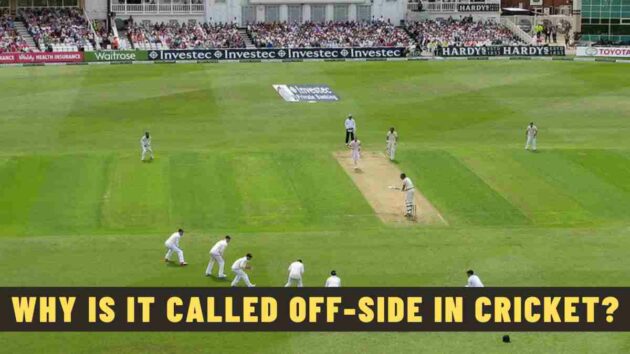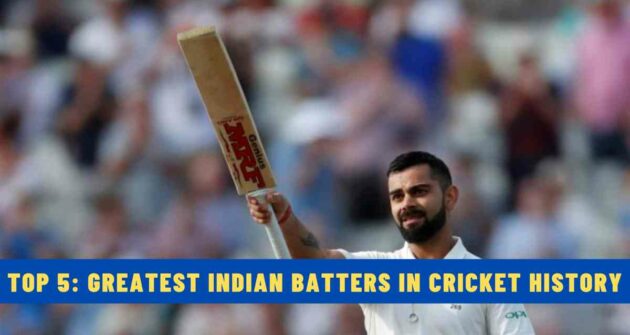If you are new to watching or playing cricket, you might find it an intricate sport. And it’s more true when it comes to understanding different terms associated with the sport.
It’s safe to say that cricket has its own vocabulary. Some of these terms might even leave you scratching your head.
One among them is off-side, which has its own significance in the game. This article will explain the reason behind calling one-half of the cricket field ‘off-side’.
What is Off-Side in Cricket?
Before we delve into the story, let’s understand where this off-side is situated on a cricket field.
For starters, a cricket ground is virtually split into 2 halves, with one being termed off-side and the other leg-side. The off-side region lies towards the right of a right-handed batter, while it’s on the left of a left-handed batter.
But Why is it Called Off-Side in Cricket?
According to one theory, the particular half of the field derived its name from horse-drawn carriages. You see, back in the day, horse carriages were a common mode of transport.
Now you must have seen cars manufactured with steering wheels either on the right-hand side or the left-hand side. Likewise, in the United Kingdom, horse carriages were built on the right-hand drive concept.
So, the term off-side originated from the off-side of the horse carriage. The other side, known as the nearside, was on the left of the driver, which was close to the sidewalk, from which a rider climbed on the carriage.
Since the right side of the carriage was opposite or away from the nearside, it was termed off-side. The same terminology was used in cricket.
For a right-hand batter, their right-hand side, or the region facing their body, is considered off-side, which is away from their body. While the left-hand side, or the region behind the back of their body, is called the leg side, which is closer to their body. It’s the exact opposite for a left-handed batter.
Read Next | Leg Side Fielding Rules in Cricket











